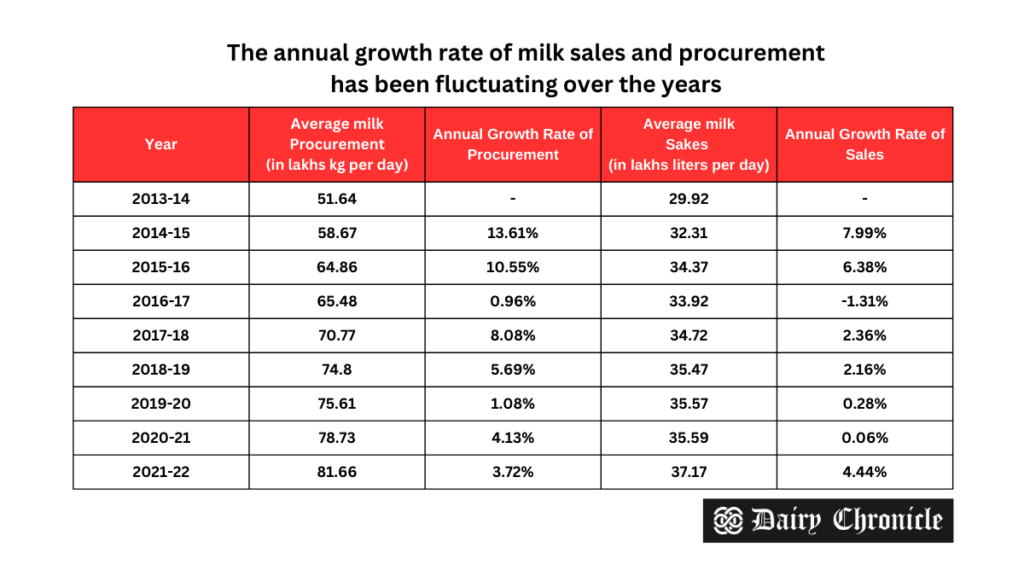Dairy farmers in Karnataka, India, are facing a crisis due to fluctuating milk prices and high input costs, prompting concerns about the sustainability of their operations. Farmers like Rakesh T. N., who transitioned from factory work to dairy farming, are struggling with income that often falls below their expectations. The surplus in milk production and inadequate procurement prices, set by milk unions, have exacerbated the situation. Nutritional deficiencies in cattle further complicate matters, emphasizing the urgent need for systemic support and transparent pricing in the dairy sector.
In a troubling turn of events for dairy farmers in India, particularly in Karnataka, fluctuating milk prices and high input costs are leading many to question the sustainability of their operations. This predicament is exemplified by the experiences of Rakesh T. N., a 28-year-old dairy farmer from Thovinakere in Tumakuru district. After transitioning from factory work to dairy farming in 2015, Rakesh initially believed he could secure a better income. However, his current earnings—ranging from approximately $72 to $180 per month—often fall short of expectations.

The Thovinakere Milk Cooperative Society, which comprises about 90 members, faces similar challenges. With a notable number of its members being young and female farmers, many, like Rakesh, are disillusioned as they grapple with rising production costs. Milk procurement rates, determined by milk unions within the Karnataka Milk Federation (KMF), have failed to keep pace with these costs, leaving farmers struggling to make ends meet. Currently, the average procurement price is hovering around ₹30 (approximately $0.36) per liter, while input costs have soared to ₹35 (around $0.42) or more, creating a significant financial strain.
A significant issue has arisen from a surplus in milk production. For instance, the Mandya District Cooperative Milk Producers Union currently procures over 1 million liters of milk daily, but only around half that amount is being sold. This surplus has forced some farmers, especially those with alternative income sources, to sell their cattle, leading to a decline in the number of active suppliers. Reports indicate that the number of farmers selling milk to cooperative societies has halved in some areas, exacerbating the crisis.
Moreover, nutritional deficiencies among cattle are becoming prevalent, contributing to issues like repeat breeding syndrome, which affects the overall quality and yield of milk. Current statistics suggest that up to 30% of cattle, regardless of breed, suffer from this condition, underscoring the need for improved feeding practices and veterinary interventions. Experts emphasize that many farmers lack access to quality feed and veterinary services, further hindering their ability to maintain healthy herds.
The situation is dire for small farmers who may lack the resources to sustain their operations amidst these economic pressures. As they navigate these challenges, the need for systemic changes and support within the dairy sector becomes increasingly urgent. Industry experts are calling for more transparent pricing mechanisms and increased government support to help farmers manage their costs and adapt to changing market dynamics.
With the dairy industry playing a vital role in the rural economy of Karnataka, addressing these issues is crucial for the livelihoods of countless farmers and their families. The voices of farmers like Rakesh highlight the pressing need for collaborative solutions to ensure a sustainable future for dairy farming in the region.



